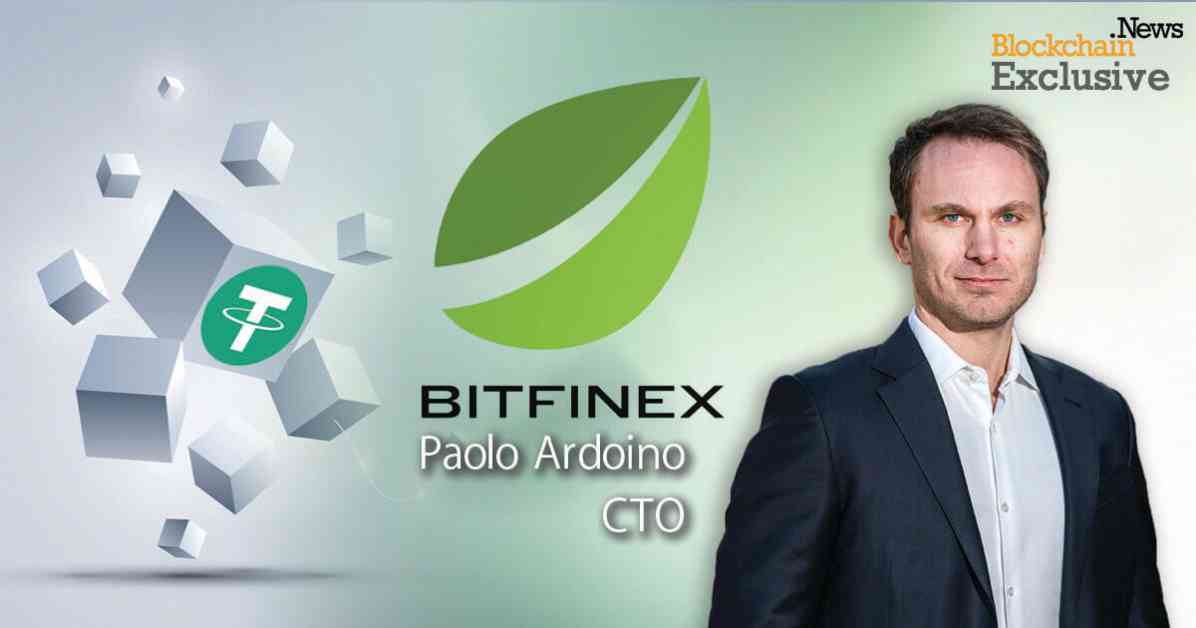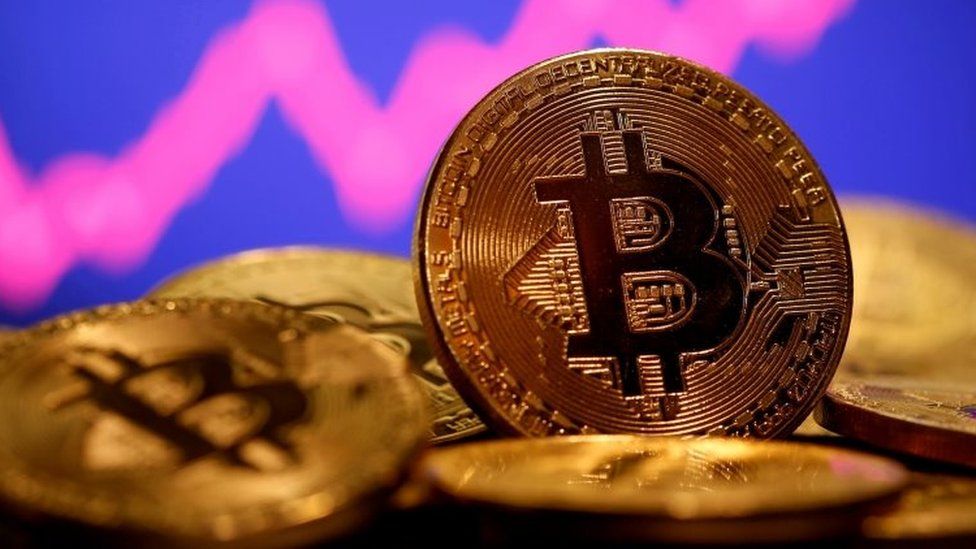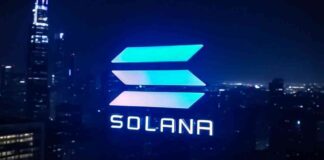Kaia (KAIA): Revolutionizing the Blockchain Landscape
In the ever-evolving world of blockchain technology, Kaia (KAIA) has emerged as a game-changer, offering high transaction speeds and low costs. This public blockchain network has been making waves due to its performance and enterprise-grade reliability, catering to the growing demands of the digital ecosystem. By harnessing the power of a Byzantine Fault Tolerant (BFT) consensus mechanism, Kaia has positioned itself as a formidable competitor in the blockchain arena, providing instant transaction finality and processing capabilities of up to 4,000 transactions per second.
Network Architecture: A Three-Layered Model for Success
Delving deeper into the intricacies of Kaia’s architecture reveals a meticulously crafted three-layered network model. The Core Cell Network (CCN) serves as the backbone of the system, handling transaction validation and block creation with precision. On the other hand, the Endpoint Node Network (ENN) is responsible for processing APIs and service integrations, ensuring seamless connectivity within the network. To top it off, the Service Chain Network (SCN) supports decentralized applications (DApps) that operate on independent blockchains while maintaining interoperability with the main network. This modular design not only enhances scalability but also effectively reduces congestion on the primary chain, paving the way for a more efficient and streamlined blockchain ecosystem.
Security and Governance: Safeguarding the Future of Kaia
Security is paramount in the realm of blockchain, and Kaia leaves no stone unturned in this aspect. By implementing multi-signature validation and randomized proposer selection, Kaia fortifies its defenses against potential risks, ensuring the integrity of the network. Moreover, governance plays a crucial role in the sustainability of Kaia, with a global council of corporations overseeing decision-making processes. The blockchain’s auditability is further reinforced through on-chain governance, where all voting and network changes are transparently recorded, fostering a culture of accountability and trust within the community.
Token Economy: The Heartbeat of Kaia
At the core of Kaia’s ecosystem lies its native token, KAIA, which serves as the lifeblood of network transactions and governance. Issued with each block, the KAIA token follows a controlled inflation model, boasting an initial annual rate of 5.2%. This token holds immense significance for staking and governance, empowering participants to vote on network proposals and earn rewards for upholding network stability, thereby incentivizing active participation and engagement within the community.
Enterprise and Developer Benefits: A Seamless Integration Experience
Kaia’s compatibility with the Ethereum Virtual Machine (EVM) opens up a world of possibilities for developers, allowing them to deploy Solidity-based smart contracts with minimal modifications. This seamless integration with existing blockchain applications makes Kaia an attractive choice for businesses and developers seeking high throughput and cost-efficiency. The combination of EVM compatibility and low transaction fees positions Kaia as a frontrunner in the blockchain landscape, offering unparalleled benefits to enterprises and developers alike.
In Conclusion: A Bright Future Ahead for Kaia
As Kaia continues to gain traction in the blockchain space, its high-speed transaction processing, robust governance mechanisms, and interoperability set the stage for a promising future. The KAIA token remains at the heart of Kaia’s operations and governance, supporting the broader decentralized economy and driving innovation within the ecosystem. With its unwavering commitment to excellence and technological advancement, Kaia stands poised to revolutionize the blockchain landscape, ushering in a new era of efficiency and reliability in digital transactions.
Image source: Shutterstock














